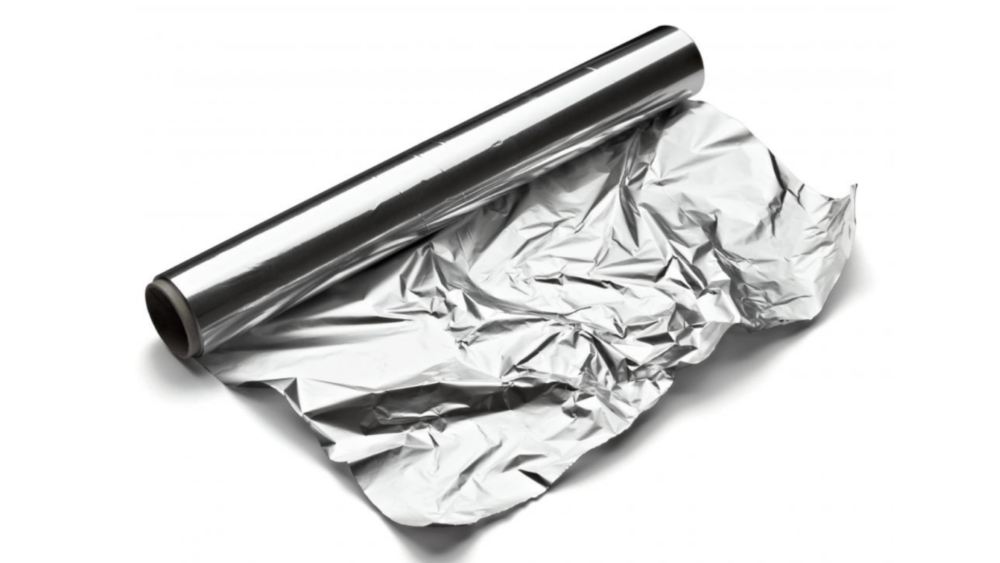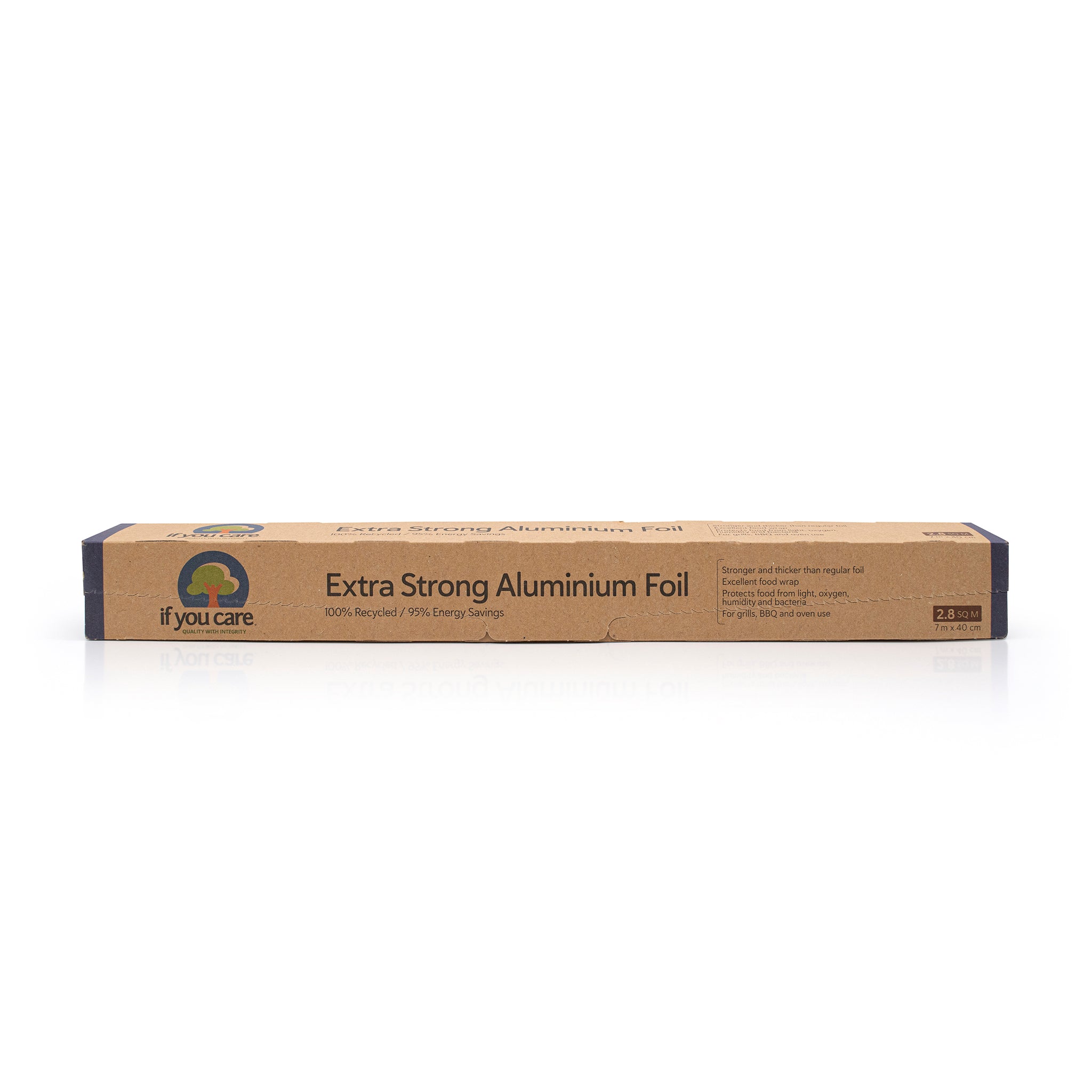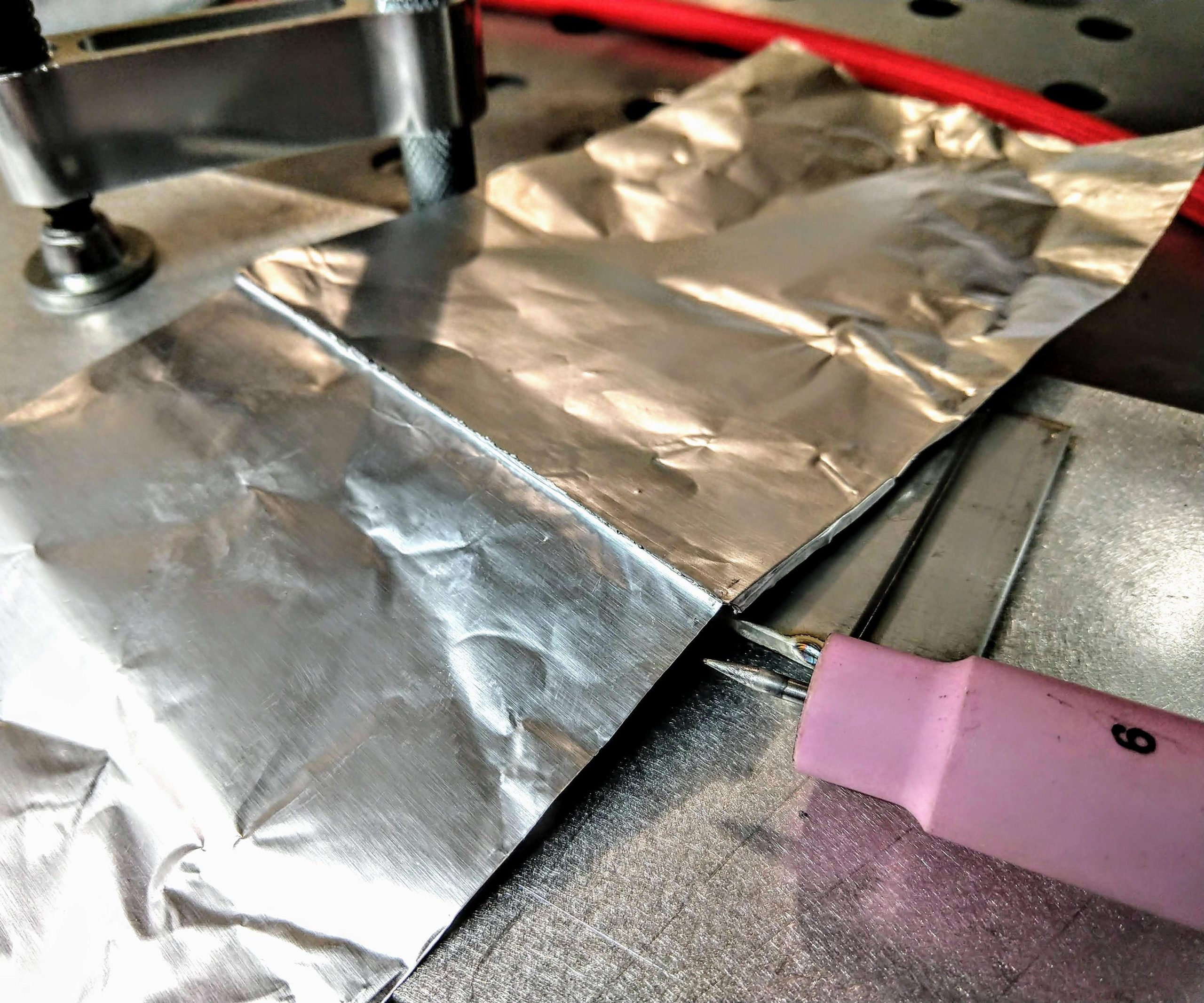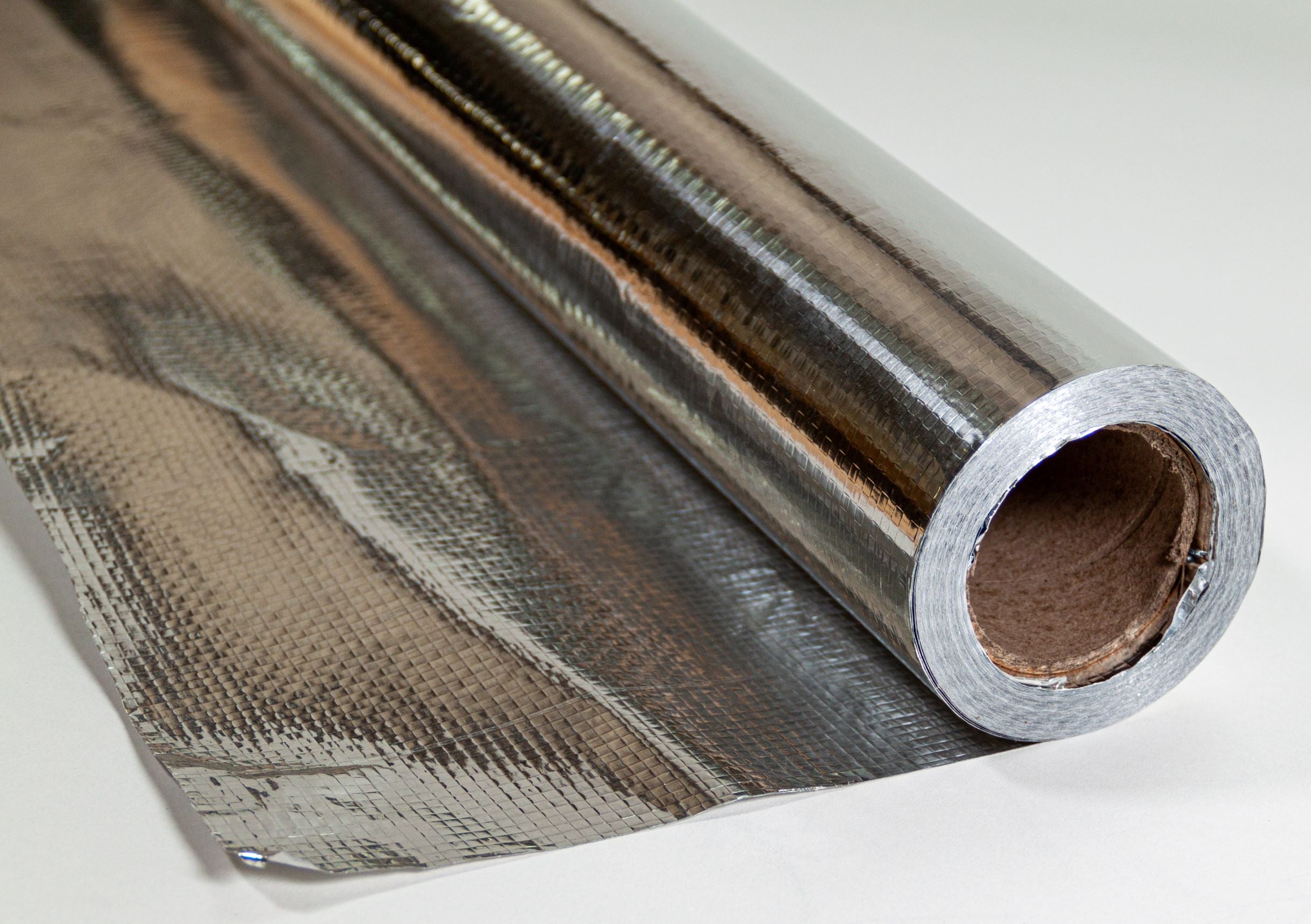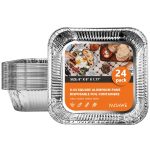Introduction
Tin foil vs aluminum foil – Unraveling the Mystery: Tin Foil vs. Aluminum Foil in Modern Cooking and Baking
In the realm of culinary arts and household chores, the terms “tin foil” and “aluminum foil” are often used interchangeably, leading to some confusion among cooks and bakers. While the history of food wrapping materials indeed includes a product made from tin, today’s kitchens predominantly use aluminum foil. This article aims to clarify the distinction between the two, explore their historical backgrounds, and highlight their respective roles in modern cooking and baking practices.
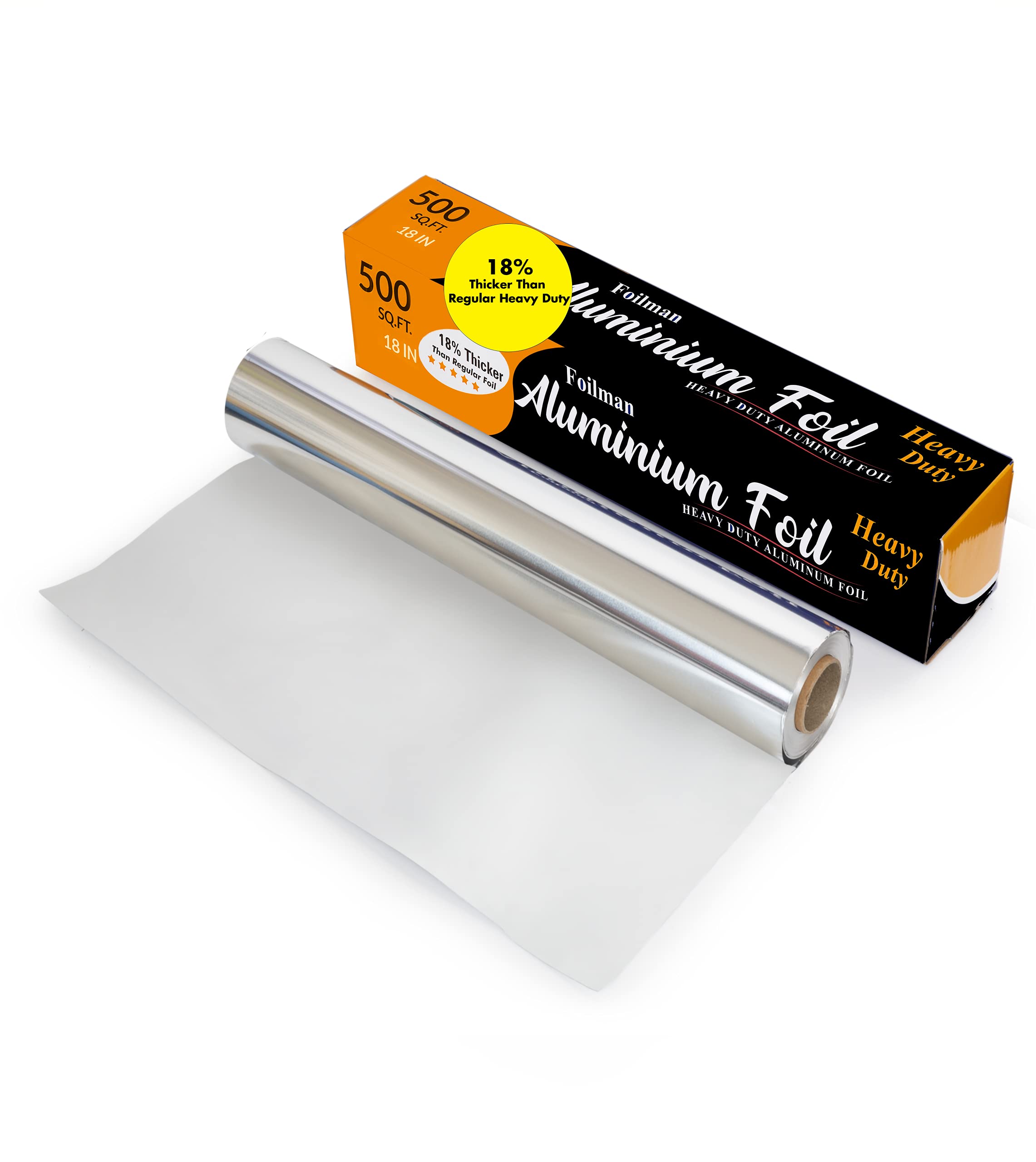
Historical Context
- Tin Foil: Historically, tin foil was the predecessor to modern aluminum foil. It was made from thin sheets of tin, a silvery-white metal known for its malleability and resistance to corrosion. Used primarily for packaging and preserving food, tin foil was relatively expensive and less durable compared to its successor. Its usage declined sharply after World War II with the rise of aluminum foil.
- Aluminum Foil: In the early 20th century, aluminum began replacing tin due to its abundance, cost-effectiveness, and superior qualities. Aluminum foil is lighter, stronger, and more flexible than tin foil, making it ideal for a wide range of applications, including cooking, baking, and food storage. Its introduction revolutionized the industry, and today, when people refer to “tin foil,” they are almost always actually referring to aluminum foil.
Properties and Uses in Cooking and Baking
- Heat Conductivity: Both metals are good conductors of heat, but aluminum is slightly more efficient, making aluminum foil ideal for even heat distribution in the oven or on the grill. It can be used to wrap foods for even cooking, protect delicate items from direct heat, or create a barrier between food and flames for indirect cooking methods.
- Non-Toxicity: Both tin and aluminum are considered food-safe when used as foils. However, aluminum is preferred due to its durability and the fact that it doesn’t impart any taste to food, unlike tin foil, which could leave a slight metallic flavor under certain conditions.
- Versatility: Aluminum foil’s flexibility allows it to conform to any shape, making it perfect for creating packets for steam-cooking vegetables, fish, or meats. It’s also widely used in baking for lining pans to prevent sticking and for covering dishes to retain moisture during cooking.
- Recyclability: Another advantage of aluminum foil over historical tin foil is its higher recyclability rate. Many communities have established recycling programs specifically for aluminum products, making it an environmentally conscious choice when disposed of properly.
Misconceptions Clarified
Despite the common colloquial usage of “tin foil” to describe aluminum foil, it’s essential to recognize that the term is outdated. Modern households and commercial kitchens universally use aluminum foil due to its superior performance and cost-effectiveness. The confusion arises mainly from historical habits and the persistence of the term in everyday language.
Creative Applications of Aluminum Foil in Cooking and Baking
Beyond the basics, aluminum foil offers a myriad of creative uses that can elevate your culinary skills and make kitchen tasks more manageable. Here are some innovative ways to utilize this humble yet powerful tool:
Crisping Aid
For extra crispy skin on roasted chicken or potatoes, loosely wrap the food in aluminum foil for the first part of cooking to retain moisture, then remove the foil for the final stage to allow the surface to crisp up.
Freezer Companion
Use foil to wrap individual portions of leftovers or prepped ingredients before freezing. Not only does this prevent freezer burn, but the foil also conducts cold quickly, ensuring food freezes rapidly and maintains quality.
Grill Master’s Secret
On the barbecue, create a “foil boat” or tray to catch drippings from marinated meats or vegetables, preventing flare-ups and infusing foods with smoky flavors. Add a layer of wood chips beneath the food for an extra smoky kick.
Baking Hack
When baking cookies or pastries, if your recipe calls for an egg wash but you’re out of eggs, lightly brush the top of your dough with a dampened piece of crumpled aluminum foil for a similar shiny finish.
Steam Cooking
Foil packets are excellent for steaming fish, vegetables, or even rice. Add a bit of liquid (like white wine or stock), seal tightly, and bake or grill for a healthy, flavorful meal with minimal mess.
Shaping Tools
Aluminum foil can be molded into various shapes to assist in food presentation. Create rings for perfectly round stacks of pancakes, or form molds for chocolate bowls or decorative cake borders.
Kitchen Cleaning
Yes, even in cleaning! Crumple up a piece of used aluminum foil to scrub away stubborn grime on pots and pans without scratching Teflon or other non-stick surfaces.
Oven Liner
Lining the bottom of your oven with a large piece of aluminum foil can catch spills and drips, making post-meal cleanup much easier. Be cautious not to cover any vents or block the heat source.
Keeping Food Warm
Wrap cooked food in several layers of foil and place it in a warm spot or insulated bag to keep it warm for extended periods, perfect for picnics or transporting dishes to potlucks.
Marinating Made Easy
Marinate meats or vegetables in a foil packet to lock in flavors and minimize mess. The tight seal ensures even distribution of marinade and easy disposal or reuse of excess marinade.
Environmental Considerations
While aluminum foil offers numerous benefits, it’s essential to use it responsibly. Opt for reusable alternatives when possible, and when using foil, ensure it is clean and dry before recycling to maximize its environmental sustainability. Additionally, consider investing in heavy-duty foil, which can withstand multiple uses, reducing waste over time.
Conclusion
Tin foil vs aluminum foil – In conclusion, while the term “tin foil” still lingers in our vocabulary, what we’re really dealing with in modern cooking and baking is aluminum foil. This versatile material has replaced its tin predecessor due to its enhanced properties, including better heat conductivity, durability, non-toxicity, and recyclability. Understanding this distinction not only clarifies a common misunderstanding but also highlights the evolution of materials used in culinary practices and their impact on efficiency and sustainability in the kitchen.
